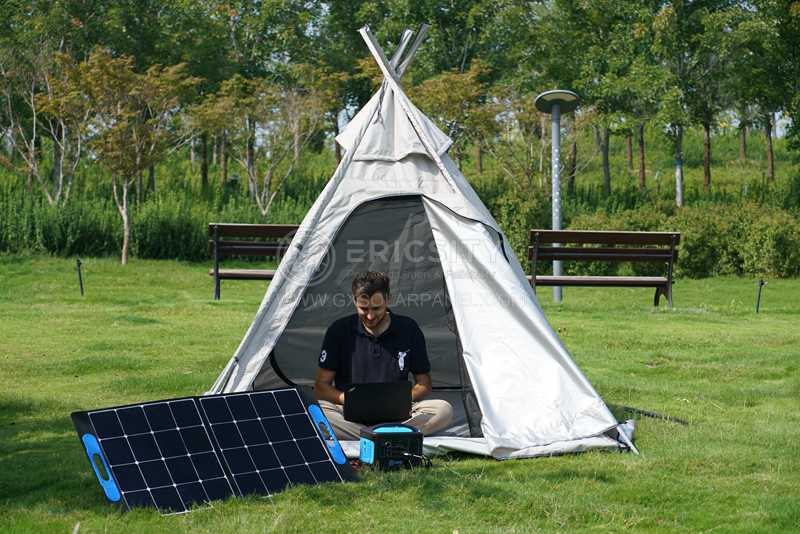HOT PRODUCT
Product Details
semi-flexible Solar Panels Vs. Traditional Panels: A Comparison
Semi-Flexible Solar Panels Vs. Traditional Panels: A Comparison
Solar energy is rapidly becoming one of the most popular and sustainable sources of power in the world. As the technology progresses, solar panels have evolved to become more efficient, lighter, and more flexible. One such innovation is the emergence of semi-flexible solar panels, which offer an alternative to the traditional rigid panels commonly found on rooftops and solar farms. In this article, we will explore the key differences between semi-flexible solar panels and traditional panels, highlighting their advantages and disadvantages.
1. Design and Structure
Traditional solar panels are typically made up of an aluminum frame, silicon solar cells, a tempered glass cover, and a backsheet to protect the cells from environmental factors. They are rigid and relatively heavy, making installation a complex and time-consuming process. On the other hand, semi-flexible solar panels are made using lighter and thinner materials, such as plastic or a combination of polymers, which allow for flexibility and versatility in installation. These panels can be bent or curved, making them suitable for unconventional surfaces like vehicles, boats, and other curved structures.
2. Efficiency
Efficiency is a crucial factor when comparing solar panels. Traditional solar panels have a higher efficiency rating, typically ranging from 15% to 20%, meaning they can convert a higher percentage of sunlight into electricity. Semi-flexible panels, due to their lighter and thinner construction, generally have a lower efficiency range of 10% to 15%. While this may seem like a significant difference, the lower efficiency can be compensated for by using a larger surface area to compensate for the reduced power output when using semi-flexible panels.
3. Durability
Durability is an important consideration, especially in solar panels that are exposed to various weather conditions. Traditional solar panels have a proven track record and are known for their robustness and ability to withstand the elements. The rigid structure and tempered glass cover provide excellent protection against hail, debris, and extreme weather. On the other hand, semi-flexible panels, while designed to be more durable than traditional ones, are more susceptible to wear and tear due to their flexible nature. However, advancements in materials and coatings have made semi-flexible panels more resistant to impacts, UV radiation, and moisture, enhancing their longevity.
4. Weight and Portability

One of the biggest advantages of semi-flexible solar panels is their lightweight design. Traditional panels are significantly heavier due to the use of tempered glass and aluminum frames, making them less portable and challenging to transport. Semi-flexible panels, being thinner and lighter, are easier to handle and can be rolled or folded for transport. This portability makes them ideal for applications where weight is a concern, such as on rooftops with load constraints or on recreational vehicles.

5. Cost
Cost is a significant consideration when weighing your solar panel options. Traditionally, rigid panels have been more affordable due to their wide-scale production and established market. However, semi-flexible panels have become increasingly affordable in recent years, as production processes have improved, and economies of scale have been achieved. It’s important to compare the initial cost, efficiency, and expected lifespan of the panels to determine the best long-term investment.
In conclusion, the choice between semi-flexible solar panels and traditional panels depends on the specific needs and circumstances of the installation. Traditional panels offer higher efficiency and proven durability, making them suitable for most stationary installations, while semi-flexible panels provide flexibility, portability, and the ability to adapt to curved surfaces. With ongoing technological advancements, semi-flexible panels are steadily catching up in terms of efficiency and durability, making them a viable alternative in certain applications. Ultimately, it’s essential to consider the specific requirements of your project and consult with solar experts to determine the best panel choice for your needs.




